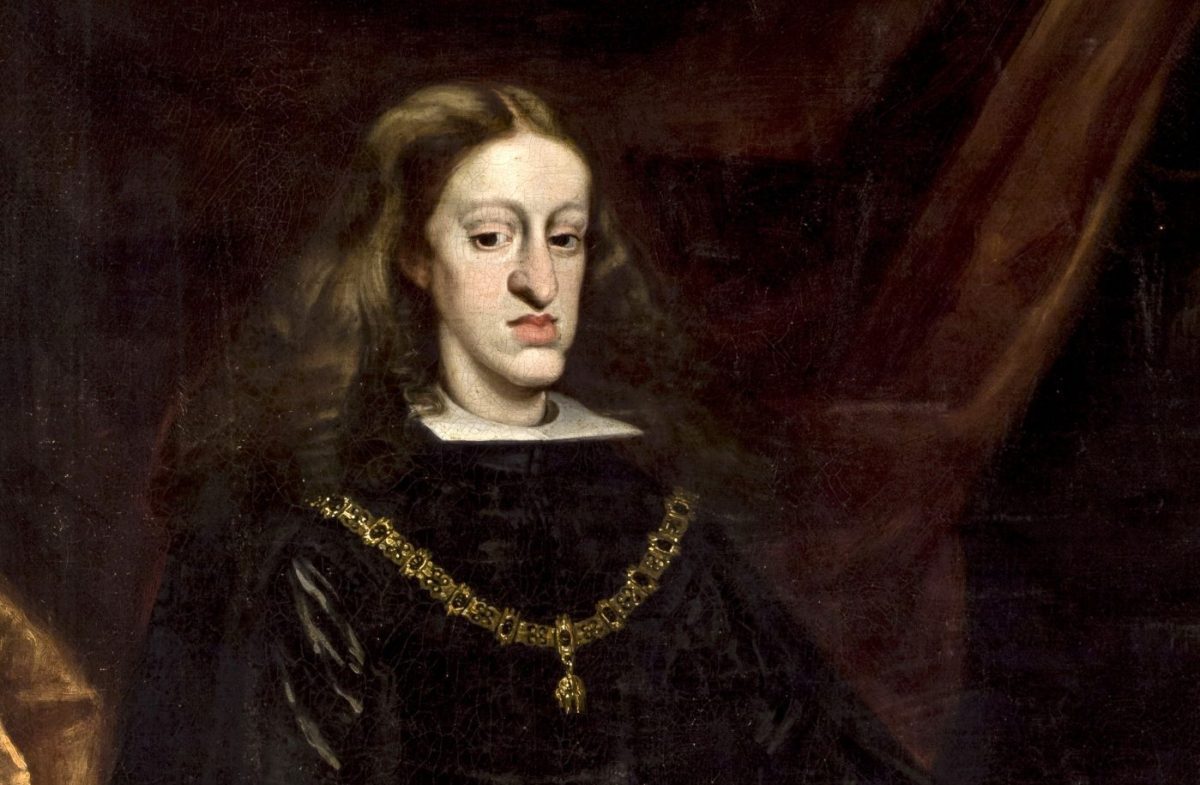A new report at Smithsonian takes a look back at one of the most distinctive features of a royal family that once ruled much of Europe over the course of several centuries. The family in question is the Habsburgs. Besides their long stints in the thrones of numerous countries, they’re also known for the distinctive Habsburg jaw.
Was this feature a physical sign of the divine right of kings? Sadly, not. The Smithsonian article, by Lila Thulin, offers up a very different explanation: specifically, inbreeding. Turns out marrying cousins over and over can cause some unfortunate genetic conditions to come to the forefront.
Thulin describes the Habsburg monarchs’ facial features as particularly distinctive: “sharply jutting jaws, bulbous lower lips and long noses.” Once you know what to look for, it’s a distinctive look that one can see countless times when looking at portraits of royalty from bygone centuries.
It’s also something that’s made its way into the world of comedy: viewers of 30 Rock may recall Paul Reubens’s role as Prince Gerhardt, which took the concept of inbred royalty to absurd ends.
“Recessive genes only manifest as a noticeable phenotype when both of an individual’s two copies of a gene are the same,” Thulin writes, “so the duplicate genes passed down through inbreeding make a recessive trait statistically more likely to surface.”
The Habsburgs are not the only royal family to have inspired the name of a facial feature. Some have argued that the aqualine or Roman nose as a concept originates with a description of onetime Roman ruler Mark Antony, for instance. But while the Roman nose is generally considered to be an attractive feature, the Habsburg jaw is … less so.
30 Rock supporting characters aside, references to the Habsburg jaw still pop up now and then in popular culture, including discussions of whether Jay Leno’s distinctive chin represents an example of this. Though given that Leno is fabulously wealthy, famous and has a penchant for collecting expensive cars, Leno has more in common with royal families than one might expect.
While distinctive celebrity chins abound in the modern world, finding celebrities with chins that recall the Habsburgs are a little trickier. (Reese Witherspoon and Aaron Eckhart might qualify.) Is the greatest legacy of the Habsburgs an expression to describe a prominent chin? Ironies abound.
Subscribe here for our free daily newsletter.
Thanks for reading InsideHook. Sign up for our daily newsletter and be in the know.


















